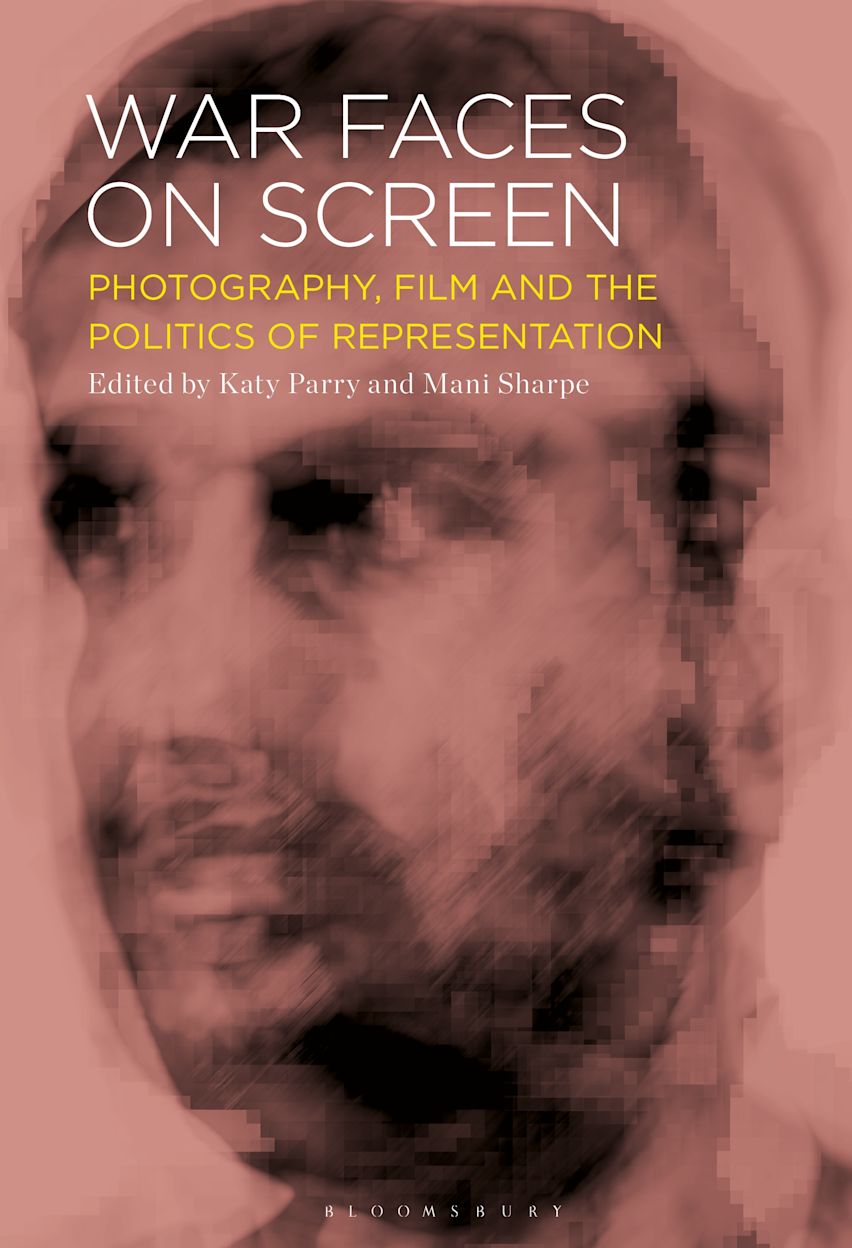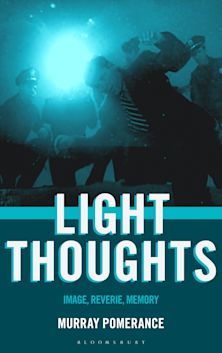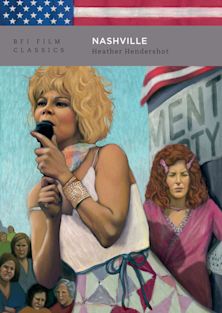War Faces on Screen
Photography, Film and the Politics of Representation
War Faces on Screen
Photography, Film and the Politics of Representation
Description
How have images of the face been used to document and distort the phenomenon of war? Such is the question that drives this book, with the face forming a recurring - almost ubiquitous - motif throughout visual depictions of military conflict.
At once interdisciplinary, transnational, and transhistorical, War Faces on Screen is organised into three sections. Section One examines representations of the face in war photography, illustrating how photographers have visualised the invisible violence of psychic trauma. Ethical and political concerns are at the forefront of each essay, from the advocacy work of portraiture, to AI tools capable of generating a range of aesthetically convincing yet potentially discriminatory images. Section Two focuses on the aesthetics of the cinematic close-up, drone vision, and how the selective digital colourisation of bodies and faces from archival footage works to impose a moral hierarchy. Section Three concludes the book with a focus on colonisation, decolonisation and defacement, extending earlier discussions of the imperial violence found in recent Hollywood films, where empathy is displaced from the ethnic other to the suffering Western soldier. Our final chapters chart how the face is central to articulating the meaning and sentiment of colonial and civil wars, with even seemingly progressive documentaries perpetuating unequal power dynamics and problematic notions of victimhood. Foregrounding the work of artists and practitioners, alongside theoretical frameworks, War Faces on Screen ultimately forms a radically innovative contribution to the study of image-making and war-making.
Table of Contents
List of Contributors
Acknowledgements
Introduction: War Faces on Screen
Mani Sharpe (University of Leeds, UK)
Part 1: Photographing Faces of War
1. Now You See Them, Now You Don't: A Photographic series of Afghan Interpreters and Veteran Advocates in the Aftermath of the War in Afghanistan (2001-2021)
Sara de Jong (University of York, UK) and Andy Barnham (Photographer, UK)
2. Faces of War: An Interview with Alexander Chekmenev
Mani Sharpe (University of Leeds, UK) and Kseniia Lazareva (University of Leeds, UK)
3. Sentimentalizing Trauma: Ways of Seeing War Faces in Visual Generative AI
Katy Parry (University of Leeds, UK) and Giorgia Aiello (University of Milan, Italy)
Part 2: Cinematic Close-ups and Drone Vision
4. The Face, Combat Trauma and the Other in Apocalypse Now
Guy Westwell (Queen Mary University of London, UK)
5. Pathos Signals in the Contemporary American War Film: The Transfer of Affect
Robert Burgoyne (Writer, UK)
6. Target Confirmed: Drone Visuality, Dehumanization, and the Weeping Soldier in Eye in the Sky
Alex Adams (Independent Scholar)
7. Attending the Dead: Digital Colourization, Injury and the First World War Archive
Liz Watkins (University of Leeds, UK)
Part 3: Colonization, Decolonization and Defacement
8. The War Face Off-Screen: Catalogue Descriptions, Imperial Interpellations, and Reading On- and Off-Screen Faces in British Boer War Films
Anushrut Ramakrishnan Agrwaal (University of St Andrews, UK)
9. In Defence of Facelessness: Opacity in Trinh T. Minh-ha's Documentaries Surname Viet Given Name Nam (1989) and Shoot for the Contents (1992)
Leonie Gschwendtberger (University of Bristol, UK)
10. Screening the Faces and Non-Faces of War: A Political Physiognomy
Mangalika de Silva (New York University, USA)
Index
Product details

| Published | 11 Dec 2025 |
|---|---|
| Format | Ebook (PDF) |
| Edition | 1st |
| Extent | 272 |
| ISBN | 9798765129234 |
| Imprint | Bloomsbury Academic |
| Illustrations | 42 colour illus |
| Publisher | Bloomsbury Publishing |
Reviews

ONLINE RESOURCES
Bloomsbury Collections
This book is available on Bloomsbury Collections where your library has access.



































